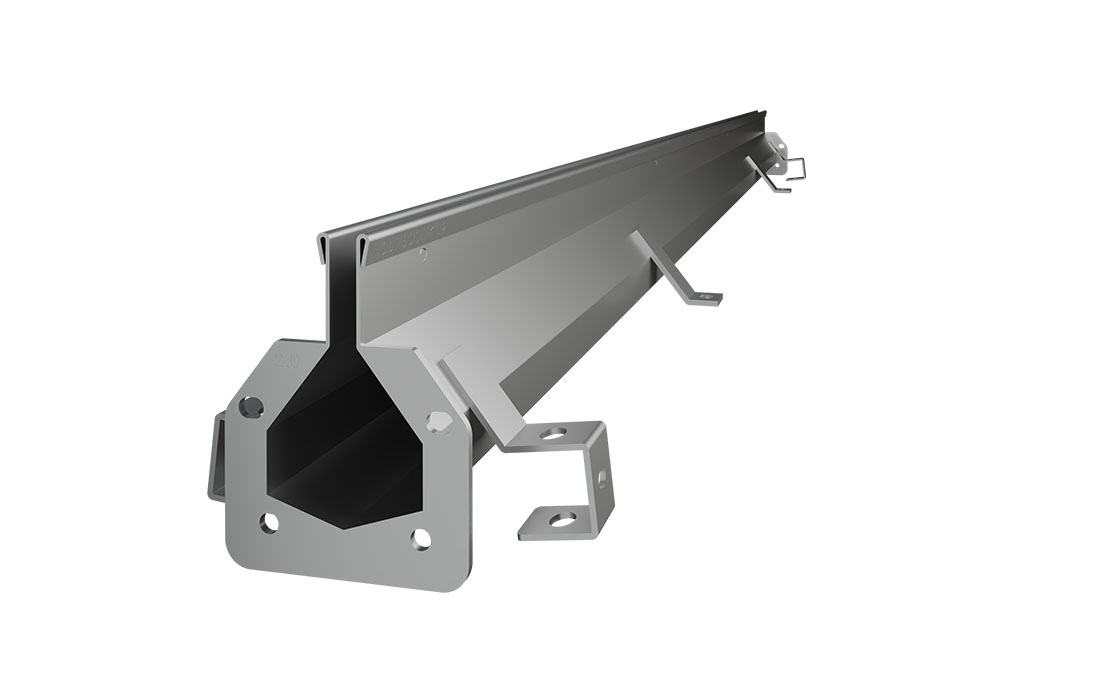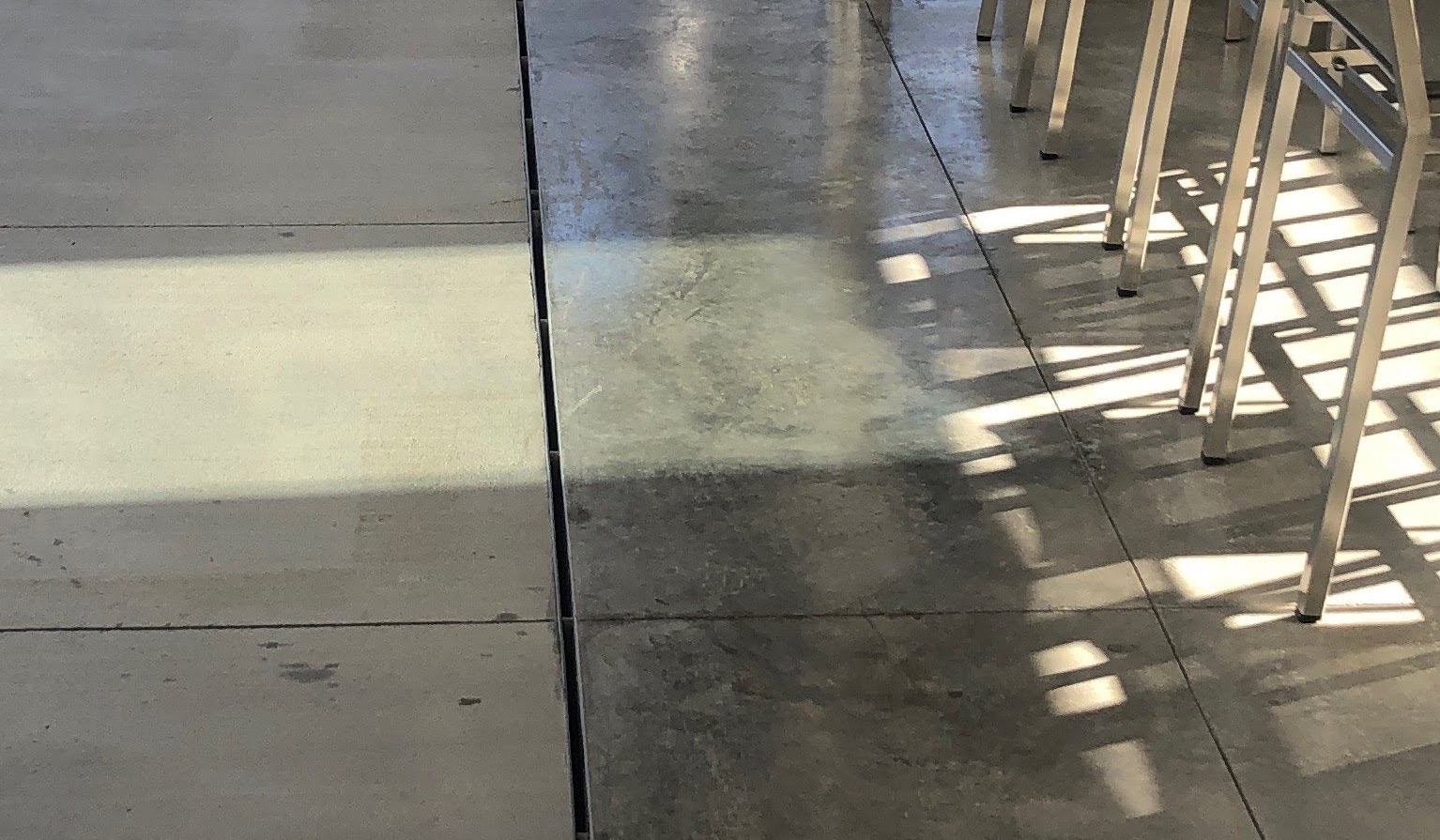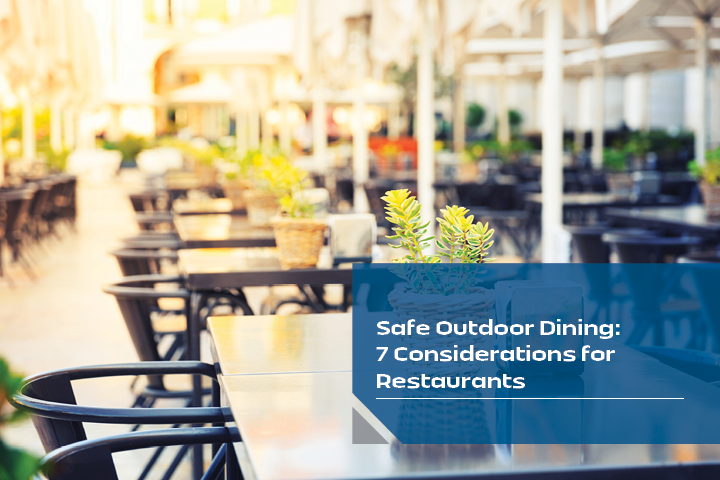Outdoor dining is a popular option that many diners take advantage of throughout the year, and due to COVID-19 restrictions in 2020, more restaurants are relying on their outdoor dining areas, alongside takeout, orders to stay afloat.
Like indoor dining, there are many considerations and precautions that restaurants have to observe in order to make safe outdoor dining possible. This will help management to ensure the safety of the workers, patrons, and the restaurant as a whole.
Here are seven safety considerations to help make dining al fresco a treat for everyone involved.
1. Optimize the Layout
Layout is a critical consideration when it comes to your outdoor dining space. To ensure safety in your outdoor seating area, you need to create a clearly defined patio space, with dining sets positioned at least 6 feet apart from each other. The layout should allow for enough space for patrons to sit comfortably and still maintain safe and clear pathways for both servers and patrons to move about freely, particularly for egress in case of emergency.
This will ensure that people can get out in a hurry if they need to, and it will also help minimize losses from dropped food and dishes, should a server trip on a chair leg or other obstruction.
2. Have Gates and Locks Around the Space
Defining your outdoor dining space is one thing; protecting it is another. One necessary form of protection is locking gates around the outdoor dining area. Locking gates will allow for safe outdoor dining by ensuring that trespassers cannot disturb restaurant patrons, while preventing access outside of business hours.
3. Provide Protection from the Elements
Even if a day starts with nice weather, we all know it can change in an instant, which is why being prepared for these sudden shifts in weather is critical to your outdoor dining space.
The best preparation that restaurants can provide for their patrons is patio coverage. Awnings, umbrellas, canopies, and even tents are all possible options. They can protect from the sun and even sudden rain, ensuring that your patrons' meals are not disturbed. The coverage does not have to cover the whole outdoor area, but it will provide a safe place to sit in.
Wind sheets are also a great way to prevent napkins from blowing around and to keep debris out of the dining space.
4. Install Proper Drainage
Drainage is another essential part of sanitary outdoor dining. Water runoff and spilled food and drinks can make a mess in the patio space. If there is no drain in place, these things are left sitting, where they can become serious safety and sanitation hazards. A person could easily slip on a puddle, and any food debris can attract bugs and rodents, resulting in many health code violations.
Slot Drain Systems manufactures an easy-to-install and maintain system that doesn't require a large, heavy grate. In fact, the slot opening of the 7000 Series Slot Drain is so slim, it’s virtually invisible, providing a drainage solution that’s as elegant as it is effective.
All slot drains come pre-sloped, allowing any water runoff or other debris to flow out of the drain channel and toward a catch basin or sewer, so the ground can dry more efficiently. The stainless steel construction is also bacteria-, corrosion-, and temperature-resistant, preventing odors and costly future repairs.
5. Install Adequate Lighting
Dinner services at restaurants can go late, which makes proper outdoor lighting essential to not only ambiance, but safety and comfort as well. Outdoor light fixtures should be energy-efficient and bright enough to allow patrons to find their way through the patio space without tripping.
Adequate lighting is also essential to food safety, allowing servers and diners to ensure their orders are correct and free of unwanted ingredients or debris that may blow in.
6. Keep the Concrete in Good Condition

An outdoor restaurant or dining space usually has concrete floors, which can slowly deteriorate due to exposure to the elements. As the concrete deteriorates, it becomes uneven and unsafe, leaving both workers and patrons at risk of serious injury, should they trip and fall.
Uneven concrete can make installing and maintaining a drainage system difficult as well, leading to other issues, including sanitation problems. Ensuring that the concrete is stable and not deteriorating is critical, and doing everything you can to maintain it will help keep it looking good and functioning safely.
7. Keep an Eye on Things with Video Surveillance
Having video cameras installed throughout a restaurant, including its outdoor spaces, gives managers and owners a way to track patrons and servers to ensure that everything runs smoothly. The cameras also provide security after hours by monitoring everything that happens while the restaurant is closed.
For added after-hours security, internet-connected cameras with motion detectors and mobile apps are useful. They will alert management of any disturbances, even if they are far away from the premises.
Combining the Considerations
Outdoor dining is popular for many reasons, but creating an outdoor restaurant dining area isn't as easy as just putting tables outside. Putting together an outdoor dining space takes time and planning, and many safety precautions must be considered in order to create a safe and sanitary outdoor dining space.
Questions?
If you have any questions about drainage solutions for your outdoor dining area, contact one of our experts today.


